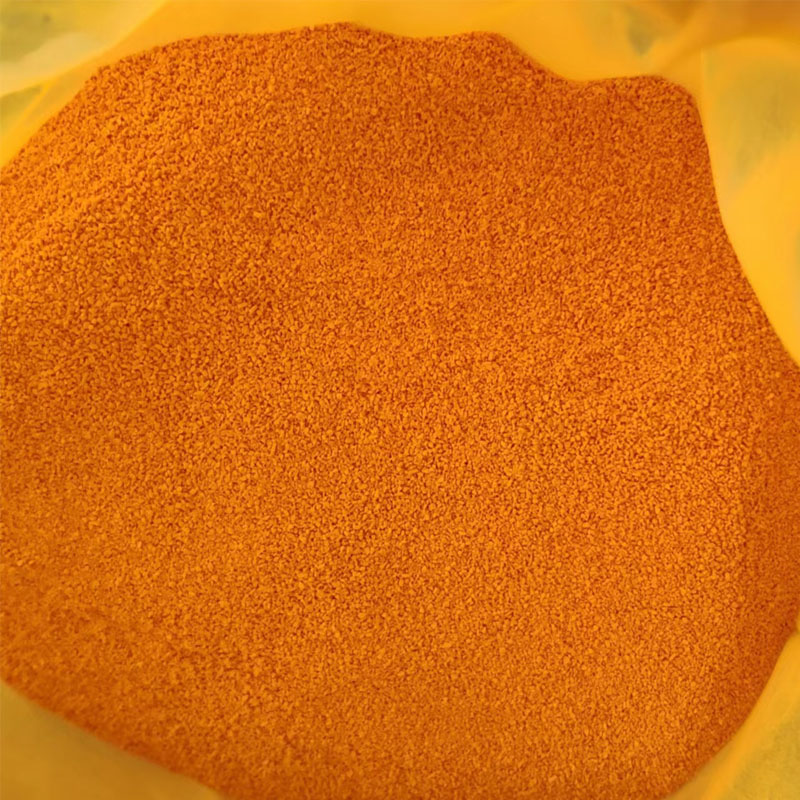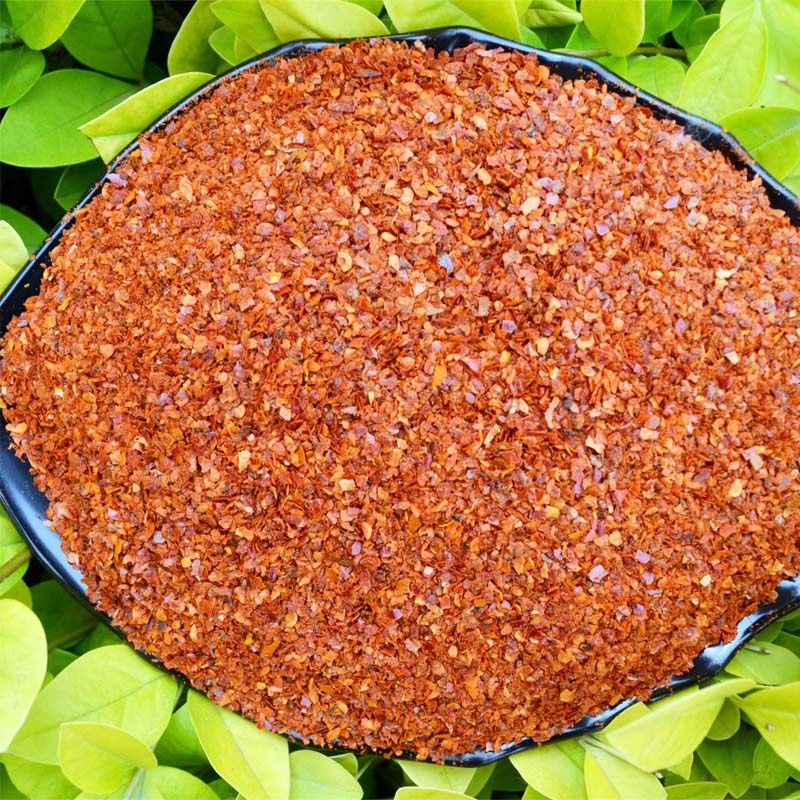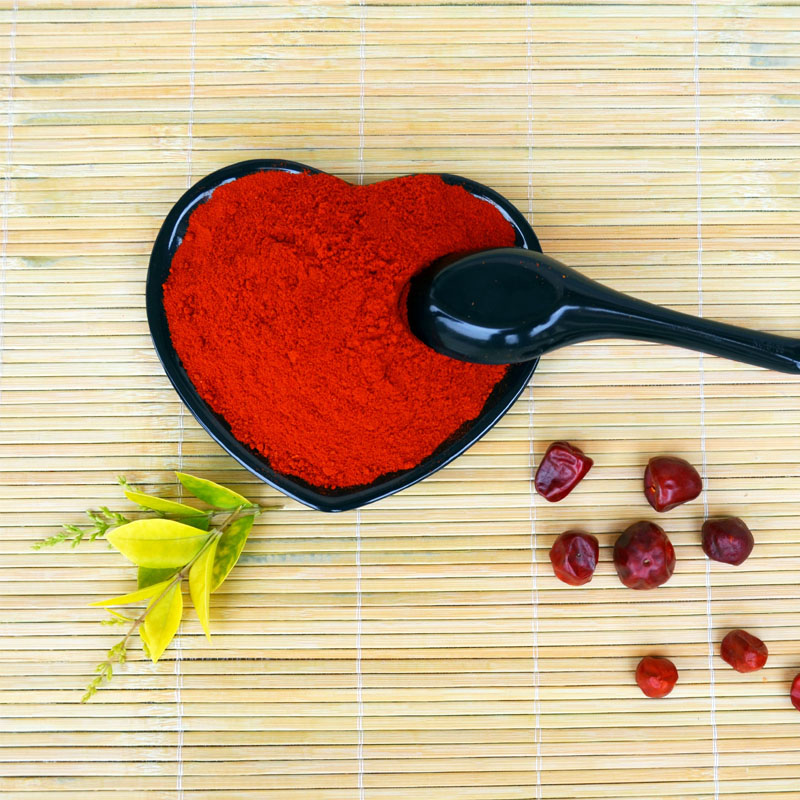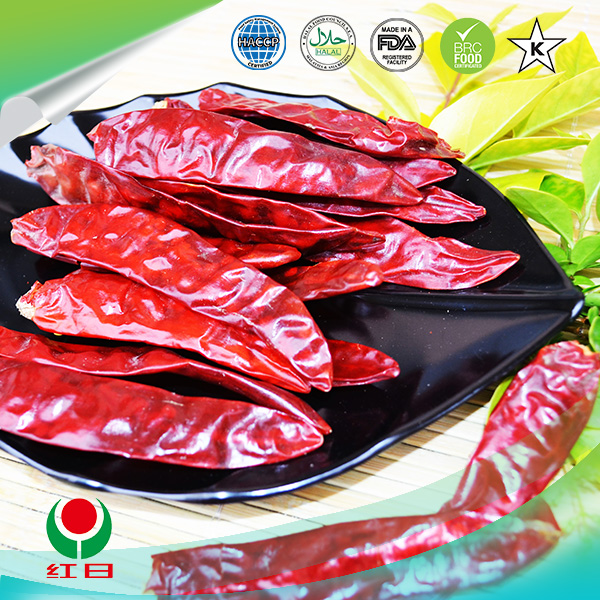- No. 268 Xianghe Street, Economic Development Zone of Xingtai city, Hebei 054001 China
- Byron@hbhongri.cn
Discover the Vibrant World of Paprika - Spice up Your Dishes
The Spice Paprika A Flavorful Journey Through Cultures and Cuisines
Paprika, a vibrant and aromatic spice, has woven its way into the culinary traditions of various cultures around the globe. This colorful spice, derived from ground Capsicum annuum peppers, comes in various types and flavors, each with its own unique characteristics. From sweet to hot, smoked to unsmoked, paprika adds not just flavor but also a stunning splash of color to dishes.
The Spice Paprika A Flavorful Journey Through Cultures and Cuisines
There are several varieties of paprika, each with distinct levels of pungency and taste. Sweet paprika, often labeled as noble sweet, is the most common variety, known for its mild, slightly sweet flavor and vibrant red hue. It is a versatile spice, suitable for seasoning a wide array of dishes like stews, soups, and even deviled eggs. Meanwhile, smoked paprika, or pimentón, hails from Spain and infuses dishes with a rich, smoky aroma reminiscent of a barbecue. This variety has become increasingly popular in various cuisines, offering a unique twist to traditional recipes.
the spice paprika
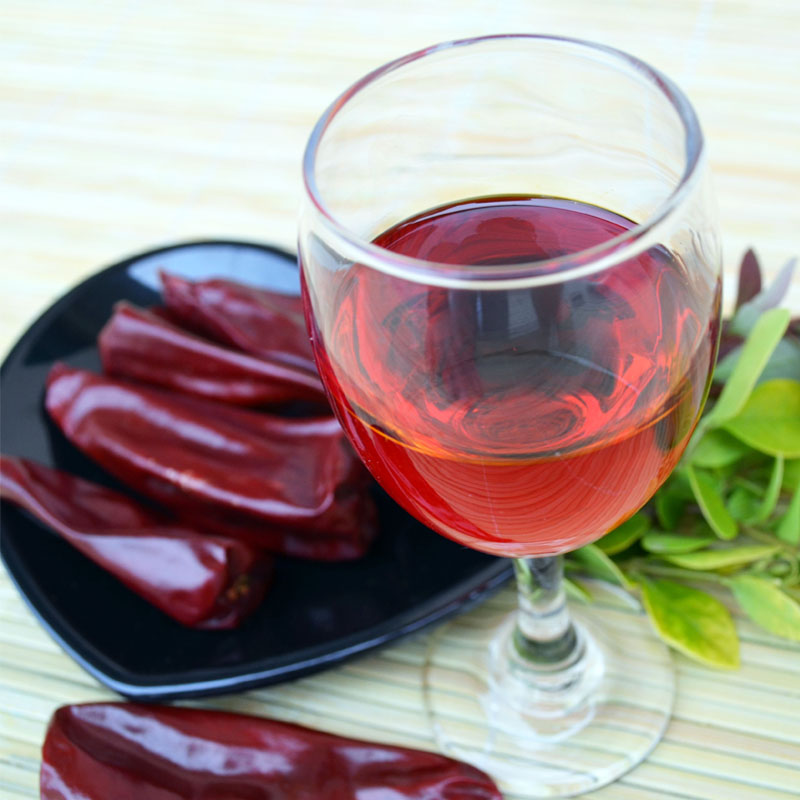
In addition to its culinary uses, paprika is also celebrated for its health benefits. Rich in antioxidants, particularly carotenoids, paprika is known to promote heart health and enhance the immune system. It also contains vitamins A, E, and C, supporting overall wellness. The bright pigment of paprika not only beautifies a dish but also signifies the presence of these beneficial nutrients.
Paprika's versatility extends to global cuisines, showcasing its ability to transcend cultural boundaries. In Middle Eastern dishes, paprika lends warmth and depth to grilled meats and vegetable preparations, while in North African cooking, it is often combined with spices like cumin and coriander to create aromatic tagines. In the United States, paprika is a common topping for potato salad and deviled eggs, showcasing its enduring appeal.
In conclusion, paprika is much more than just a spice; it is a vibrant thread that connects various culinary traditions and cultures. Its rich history and diverse flavors invite chefs and home cooks alike to experiment and explore its many possibilities. Whether used to add color to a dish or as a critical flavor component, paprika continues to inspire and tantalize palates around the world.
-
Turmeric Rhizome Powder: A Golden Treasure from Roots to TableNewsJul.28,2025
-
The Versatile Application Of Crushed Red Hot Peppers: Lighting Up The Red Flames On The Dining TableNewsJul.28,2025
-
The Paprika: A Touch Of Vibrant Red In Color, Flavor, And CultureNewsJul.28,2025
-
Ground Turmeric: A Modern Examination of an Ancient SpiceNewsJul.28,2025
-
Capsicum Liquid Extract: Features, Applications, and ChallengesNewsJul.28,2025
-
Application of Capsicum Liquid Extract in FoodNewsJul.28,2025
